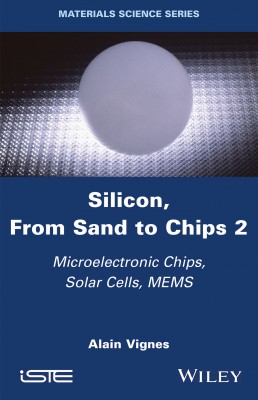
Silicon is the material of the digital revolution, of solar energy and of digital photography, which has revolutionized both astronomy and medical imaging. It is also the material of microelectromechanical systems (MEMS), indispensable components of smart objects.
The discovery of the electronic and optoelectronic properties of germanium and silicon during the Second World War, followed by the invention of the transistor, ushered in the digital age. Although the first transistors were made from germanium, silicon eventually became the preferred material for these technologies.
Silicon, From Sand to Chips 2 traces the history of the discoveries, inventions and developments in basic components and chips that these two materials enabled one after the other. The book is divided into two volumes and this second volume is devoted to microelectronic and optoelectronic chips, solar cells and MEMS.
1. Integrated Circuits.
2. Memories.
3. Liquid Crystal Displays.
4. Solar Cells.
5. Digital Photographic Sensors.
6. Microelectromechanical Systems.
Alain Vignes was Professor at the École des Mines de Nancy, France, Professor and Director of the Centre des Matériaux at the École des Mines de Paris, France, then Professor at the Institut Supérieur des Matériaux et de la Construction Mécanique, France. He has also acted as a scientific advisor to several industrial companies and as an expert witness for the Paris Court of Appeal.